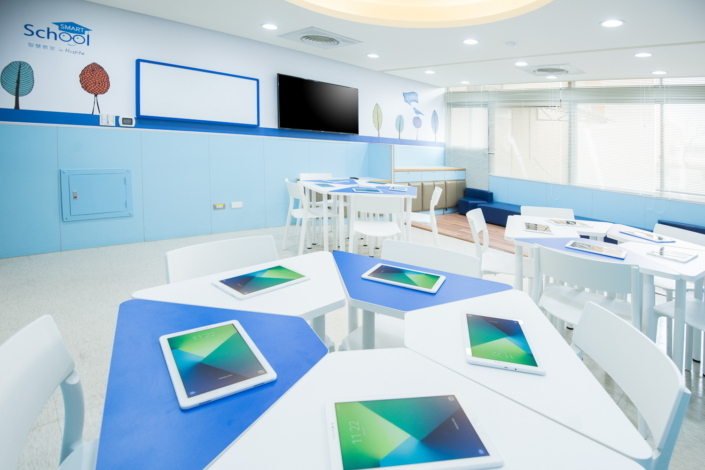As education evolves, so too must the environments in which students learn. The intersection of STEM (Science, Technology, Engineering, and Mathematics) and school construction is paving the way for “smart schools“—educational facilities that leverage technology and innovative design to enhance learning experiences. This article delves into how STEM principles are revolutionizing school construction and creating spaces that foster creativity, collaboration, and critical thinking.
The Concept of Smart Schools
Smart schools are designed with the intention of integrating advanced technologies and sustainable practices into their infrastructure. These schools prioritize not only the physical environment but also the educational methodologies that occur within. By utilizing STEM innovations, smart schools aim to create dynamic learning spaces that adapt to the needs of students and educators.
Key Features of Smart Schools
- Flexible Learning Spaces: Classrooms designed to accommodate various teaching styles and group activities.
- Sustainable Design: Incorporation of green building practices, such as energy-efficient systems and renewable energy sources.
- Technology Integration: Use of smart boards, interactive learning tools, and high-speed internet connectivity.
The Role of STEM in School Design
STEM disciplines play a crucial role in the design and construction of smart schools. Architects, engineers, and educators collaborate to create environments that are conducive to learning and innovation.
Engineering Innovations
- Structural Integrity: Engineers knowledge use advanced modeling software to ensure that school buildings are safe, durable, and capable of withstanding environmental challenges.
- Sustainable Materials: The choice of building materials is critical; using recycled and eco-friendly materials minimizes the environmental footprint of school construction.
Technological Advancements
- Smart Technologies: The integration of IoT (Internet of Things) devices allows for real-time monitoring of building systems, such as lighting, heating, and security.
- Data-Driven Design: Utilizing data analytics to assess how spaces are used can inform future renovations and improvements.
Enhancing Learning Through Design
The design of smart schools is focused on enhancing the educational experience. By creating environments that promote engagement and collaboration, students are better equipped to thrive academically.
Collaborative Learning Environments
- Open Spaces: Flexible layouts encourage group work and collaboration among students, fostering teamwork and communication skills.
- Outdoor Classrooms: Incorporating nature into the learning environment has been shown to improve student well-being and focus.
Technology-Enhanced Learning
- Interactive Learning Tools: Smart classrooms equipped with technology facilitate hands-on learning experiences and interactive lessons.
- Virtual Reality (VR): VR can transport students to different environments, enhancing their understanding of complex concepts in subjects like science and history.
Sustainability in School Construction
Sustainability is a key principle in the inca construction of smart schools. By implementing green building practices, schools can reduce their environmental impact and teach students the importance of sustainability.
Green Building Practices
- Energy Efficiency: Smart schools often include energy-efficient systems such as LED lighting, solar panels, and advanced HVAC systems to reduce energy consumption.
- Water Conservation: Incorporating rainwater harvesting and low-flow fixtures contributes to responsible water use.
Educational Opportunities
- Sustainability Curriculum: Schools can integrate sustainability into their curricula, teaching students about environmental stewardship and responsible resource management.
- Hands-On Projects: Students can engage in projects that promote sustainability, such as gardening, recycling programs, and energy audits.
Community Engagement and Collaboration
The construction of smart schools often involves collaboration with the community. Engaging stakeholders, including parents, local businesses, and government agencies, can enhance the design and functionality of educational facilities.
Benefits of Community Involvement
- Tailored Solutions: Input from community members can help ensure that schools meet the specific needs of the students and families they serve.
- Resource Sharing: Partnerships with local businesses can provide resources and expertise, enriching the educational experience.
Conclusion: Shaping the Future of Education
The intersection of STEM and school construction is creating a new paradigm for educational facilities. Smart schools are designed to be flexible, sustainable, and technology-driven, fostering an environment where students can thrive.
As we move forward, it is essential for educators, architects, and policymakers to collaborate in creating smart schools that are equipped to meet the challenges of the future. By embracing STEM innovations, we can build educational spaces that not only enhance learning but also prepare students for a rapidly changing world.
Read also about Water Literacy is crucial for understanding the importance of water conservation, management, and sustainable use.



